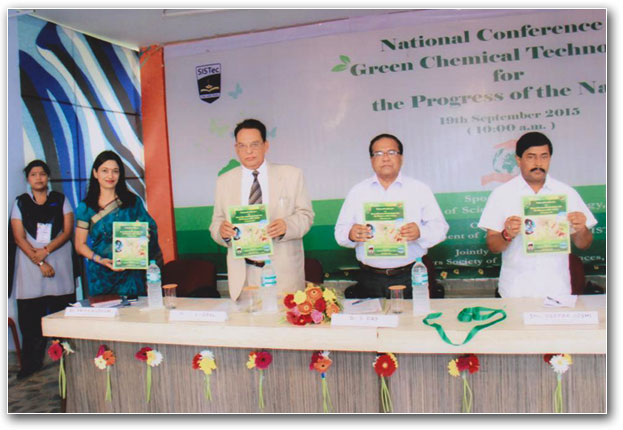Abstract
The Determination of 230th in Marine Sediments: A Sediment Dating Method
B. Y. Kamaruzzaman, J. M. Cornel, M. Marcel and C. B. Ju Maria
Abstract:
Ocean sediments give information on the paleoclimatic evolution in the geological past which gives detailed information on both the age of the sediments and the paleoceanographic and paleoclimatic conditions during sedimentation. The method of the oxygen isotope (d18O) method are much dependent on the climatic conditions and is restricted to areas where foraminifera are common constituents of the sediments. The d18O record in the sediment which are lack of carbonate matter due to the comparatively low organic productivity are scares, and other similarly powerful dating techniques for non-calcereous sediments are yet to be developed. One possible way to date sediments is with the 230Thexcess (non-supported 230Th in sediments) method which can be used to date sediments up to 300 000 years old. The 230Thexcess method relies on a constant production rate of 230Th from the radioactivity decay of dissolved 234U in the water column. Because 230Th is highly particle-reactive it is removed within 10-40 years from the water column into the sediments. Within the sediment 230Th decays (half-life of 75 200 years), a process which can be used for age dating purposes
Keywords:230Th; paleoclimatic evolution; paleocenographic; oxygen isotope (d18O)
Back to TOC









